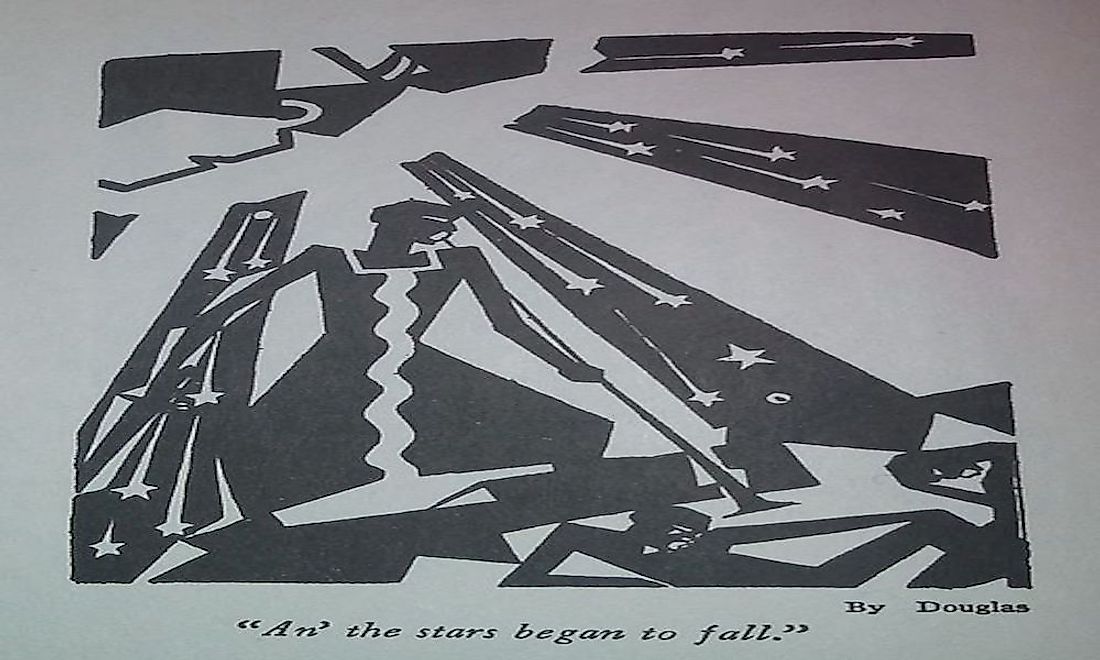The Harlem Renaissance

The Harlem Renaissance was a social, cultural, and artistic development that took place in Harlem, New York, defining a new black American cultural identity. It occurred from the 1920s to 1930s with various identities such as the New Negro Movement, the Jazz Age, and the Negro Renaissance among other names. Harlem Renaissance involved the African-American cultural expression across urban centers with critic Alain Locke describing it as a spiritual coming of age in which the black community could freely express themselves. During this time, although African-Americans had less economic avenues, creativity was still in full force.
Background Of The Harlem Renaissance
After the civil war, freed African-Americans longed for economic, cultural, civic, and political rights. Institutionalized racism was still rampant in the South and discrimination could be found country-wide. Due to hardships, most blacks started migrating north in large numbers. Many players in the Harlem Renaissance were part of the early 20th century migrants into the North and Midwest. Others were the black middle class and people of African descent from the Caribbean who came to the US in search of greener pastures. These groups converged in Harlem. The great migration brought many black Americans from Chicago, Philadelphia and Detroit. In Harlem, they still encountered racism, although not to the same extent as in the South.
The Awakening Of The Harlem Renaissance
The Renaissance began in the late 1910s with plays featuring black actors rejecting stereotypes and conveying emotions. Poems such as “If We Must Die” introduced a politically defiant protest to the racism and lynching taking place. Soon, there were various political and arts newspapers published by black Americans in Harlem. Religion, especially Christianity became a topic of debate. Opponents of religion believed Christianity was not an answer since discrimination and segregation were most practiced by Christians and in churches. Many African American Christians pushed for more all-encompassing doctrine. Pockets of Islam, Judaism, and Traditional African Religions also found their way into Harlem. Harlem Stride, a new way of playing the piano was invented during this period. At the time, jazz was very competitive with talented musicians. It soon spread quickly through the entire country. Black musical styles attracted more whites who exploited the melodious tenderizes and themes of black composers.
Accomplishments Of The Harlem Renaissance
The Harlem Renaissance opened opportunities for black residents whose works were published and attracted nationwide attention. The Renaissance laid foundations for future black protest movements and movements. The renaissance enhanced racial consciousness through ethnic pride. Some African-Americans were lucky enough to get money, property, and obtain college degrees. The renaissance brought black skills into American history and culture. Harlem Renaissance encouraged the booming of blues music genre used by some artists to express themselves. It also led to the challenging of gender roles, sexuality, and sexism.
Criticism Of The Harlem Renaissance
Many people disapprove of Harlem Renaissance for struggling to create a new culture that separated them from the white culture. Harlem intellects resorted to mimicking whites by copying their clothing and manners to raise racial awareness and encourage assimilation. Critics argue that racial awareness could be attained without trying to look and act white. Due to its appeal to the mixed audience, leading magazines and newspapers employed Harlem Renaissance writers but most black Americans opposed this arrangement because they believed white publishers portrayed black writers as licentious. Some big Harlem joints went to extremes to provide the best black entertainment to solely white audiences.
End Of The Harlem Renaissance
Harlem Renaissance ended in 1930s because of the great depression. Though brief, its influence on black artists and future movements was great.











